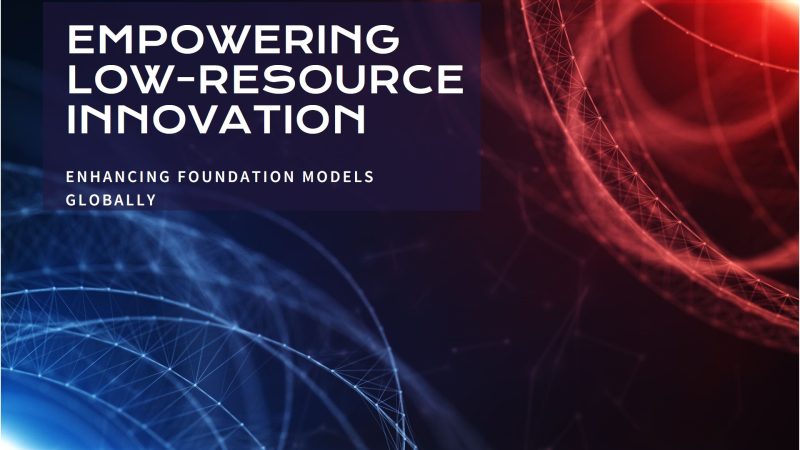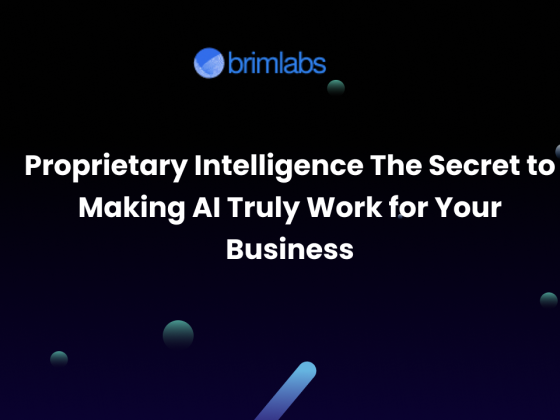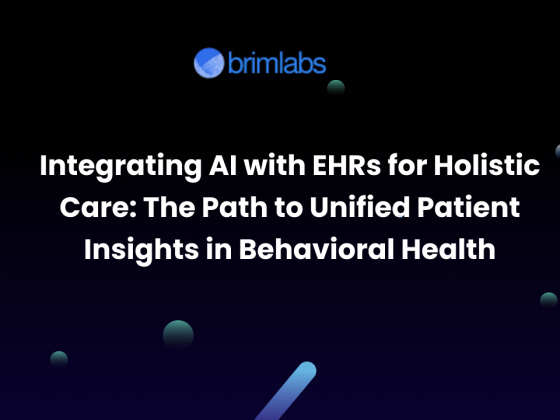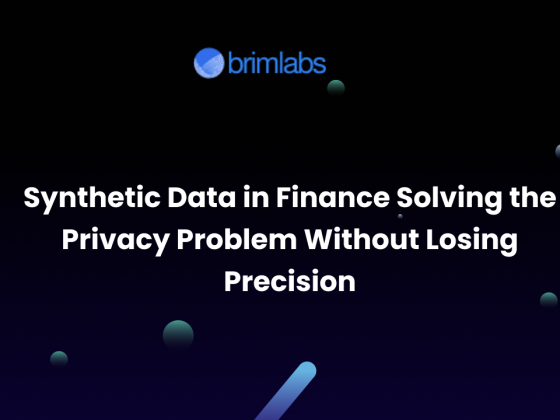Foundation models such as GPT, BERT, and CLIP have revolutionized AI by enabling transfer learning and zero-shot capabilities. However, fine-tuning these models in low-resource environments where computational power, memory, and data availability are limited presents significant challenges. This blog explores strategies, tools, and best practices for fine-tuning foundation models efficiently in constrained settings.
Challenges of Fine-Tuning in Low-Resource Environments
Fine-tuning large-scale models requires substantial computing resources, including GPUs, TPUs, and vast amounts of labeled data. In low-resource settings, the main challenges include:
- Limited Computational Resources: Insufficient access to high-end GPUs or cloud infrastructure.
- Memory Constraints: Large models require significant VRAM and RAM.
- Data Scarcity: High-quality labeled datasets may be unavailable.
- Energy Efficiency: Power consumption is a critical concern for edge devices.
Strategies for Efficient Fine-Tuning
Despite these challenges, several techniques can help fine-tune foundation models effectively in low-resource environments.
a. Parameter-Efficient Fine-Tuning (PEFT)
Instead of tuning all model parameters, PEFT modifies a small subset of parameters, reducing computational overhead.
- LoRA (Low-Rank Adaptation): Reduces the number of trainable parameters while preserving model accuracy.
- Adapter Layers: Introduces lightweight trainable layers into pre-trained models.
- BitFit (Bias-Only Fine-Tuning): Only updates bias parameters, significantly reducing memory usage.
b. Model Quantization
Reducing the precision of model weights (e.g., from 32-bit floating point to 8-bit integers) decreases memory usage and accelerates inference.
- Post-Training Quantization (PTQ): Converts a pre-trained model into a lower-precision format after training.
- Quantization-Aware Training (QAT): Fine-tunes models while maintaining precision loss within acceptable limits.
c. Knowledge Distillation
A large pre-trained model (teacher) transfers its knowledge to a smaller model (student), which requires fewer resources.
- Soft Labeling: The teacher model provides probability distributions instead of hard labels.
- Intermediate Layer Matching: Aligns feature representations between teacher and student models.
d. Transfer Learning with Selective Freezing
By freezing most layers of the pre-trained model and training only the final layers, resource usage is minimized.
- Feature Extraction Mode: Uses pre-trained embeddings without modifying the core model.
- Last-Layer Fine-Tuning: Trains only the classification/regression head.
e. Gradient Checkpointing
This technique saves memory by recomputing activations during the backward pass instead of storing them.
- Reduces GPU memory usage while increasing computational overhead.
- Useful for deep networks where memory is a bottleneck.
Optimized Infrastructure for Low-Resource Fine-Tuning
a. Efficient Hardware Utilization
- Use TPUs (Google Colab, Kaggle) for cost-effective training.
- Opt for consumer GPUs (e.g., RTX 3060, 3070) with large VRAM.
- Deploy on edge devices (e.g., NVIDIA Jetson, Raspberry Pi) using optimized models.
b. Cloud-Based Solutions
- AWS EC2 Spot Instances – Cost-effective GPU/TPU training.
- Google Colab Pro – Access to high-memory instances.
- Azure ML Low-Priority VMs – Budget-friendly cloud training.
c. Distributed and Federated Learning
- Federated Learning – Enables training across decentralized devices without sharing raw data.
- Parallelization Techniques – Leverage model/data parallelism for efficiency.
Case Studies and Real-World Applications
- Case Study 1: LoRA-Based NLP Fine-Tuning in Limited GPU Settings
A research team fine-tuned BERT for sentiment analysis using LoRA, reducing VRAM usage by 70% while maintaining performance.
- Case Study 2: Quantized Vision Models for Mobile Deployment
A startup optimized a CLIP-based image classifier using 8-bit quantization, allowing real-time inference on smartphones.
- Case Study 3: Federated Learning for Healthcare AI
A hospital network trained a privacy-preserving model using federated learning, enabling collaborative AI without centralizing sensitive patient data.
Best Practices for Fine-Tuning in Low-Resource Environments
- Select the right fine-tuning approach (LoRA, Adapters, etc.)
- Use quantization and distillation for efficient model compression
- Leverage gradient checkpointing to reduce memory overhead
- Utilize cloud-based low-cost GPU/TPU instances when available
- Optimize data pipelines with augmentation to improve generalization
- Deploy edge-optimized models where applicable
Conclusion
Fine-tuning foundation models in low-resource environments is a challenging but solvable problem. By leveraging efficient fine-tuning strategies such as PEFT, quantization, knowledge distillation, and federated learning, organizations can deploy powerful AI models with minimal infrastructure. With continued advancements in AI optimization techniques, fine-tuning will become increasingly accessible even in constrained settings.
For businesses looking to optimize their AI models efficiently, Brim Labs specializes in AI-driven solutions tailored for low-resource environments. Contact us to explore AI efficiency strategies for your organization!
Need help optimizing your AI models? Get in touch with us at Brim Labs for expert solutions!











